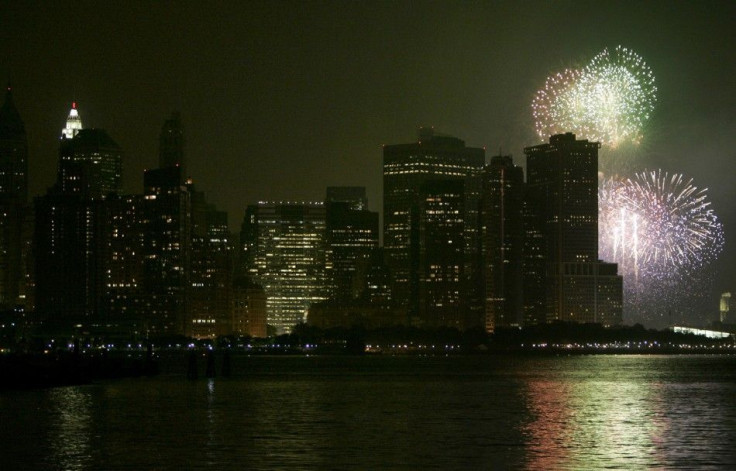4th July Independence Day: Key facts that Surprise You

Today is the Fourth of July, which marks the celebration of the United States' 236th birthday. This day marks the attainment of freedom from the Great Britain and the emergence of a sovereign country.
The Fourth of July, or the day when the Continental Congress adopted the Declaration of Independence in 1776, is celebrated with fireworks and parades.
Here are some key facts about this national holiday that will surprise you:
July 4th is not the actual day of independence:
Most Americans consider the 4th of July to be the beginning of the United States of America, but in truth the colonies had already declared their independence on July 2nd 1776.
It took the Second Continental Congress two more days to revise the most famous of American documents; July 4 was the day the Declaration of Independence was given final approval.
The Liberty Bell was not rung on July 4:
The Liberty Bell did not ring on July 4, 1776 for the Declaration of Independence. Instead it was rung on July 8, 1776. The reason is there was no public declaration of the event, so no bells -- Liberty or otherwise — were ever rung. When the Declaration was read in public on July 8th, bells were rung, but it is not clear if the Liberty Bell was one of them, as the bell tower of the State House was in terrible condition and may have prevented the bell from being rung.
John Hancock was the only one who actually signed the Declaration of Independence on July 4th:
John Hancock was the only one of the 56 signers of the Declaration of Independence who actually signed it on July 4. The rest of the delegates signed several weeks later. 52 of them affixed their signatures Aug. 2, 1776, and the others signed it later – one of them in 1781.
Thomas Jefferson and John Adams both died on the July 4:
John Adams and Thomas Jefferson, the second and third presidents of the United States, respectively, die on this day, the 50th anniversary of the adoption of the Declaration of Independence. Both men had been central in the drafting of the historic document; Jefferson had authored it, and Adams, who was known as the colossus of the debate, served on the drafting committee and had argued eloquently for the declaration's passage.
Betsy Ross may not have made the first American flag:
Most historians question the possibility of Betsy Ross being the designer of the first American flag. The story is a historical myth made public after the close of the Civil War. Betsy Ross’ story did not surface until thirty-four years after her death when her son, William J. Canby presented a paper he wrote to the Historical Society of Pennsylvania. He claims stories were verbally passed down throughout the years by Betsy and other family members about her designing the first American flag.
There are several reasons historians question Betsy Ross’ involvement with the first American flag. No records indicate that Continental Congress had a committee to design the national flag in the spring of 1776. Even though Betsy Ross kept detailed store records, no invoice or document has been found linking to this transaction.
MUST READ: Independence Day July 4: Top 10 facts we bet you don’t know
© Copyright IBTimes 2024. All rights reserved.





















